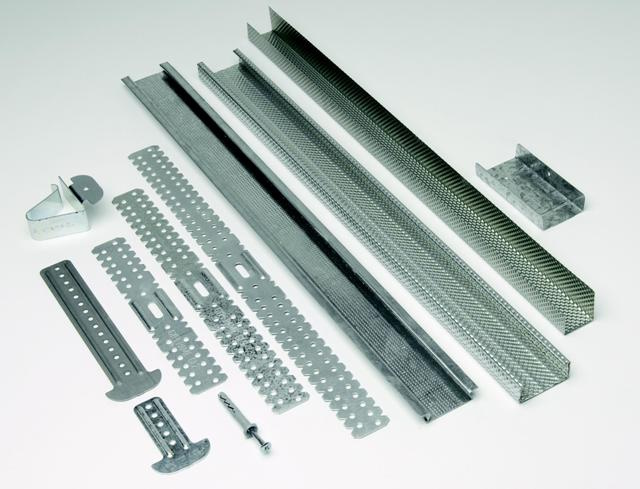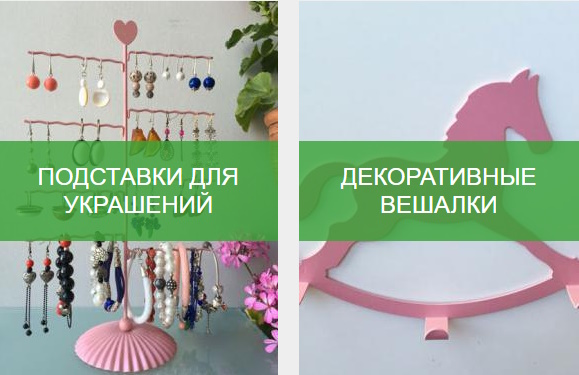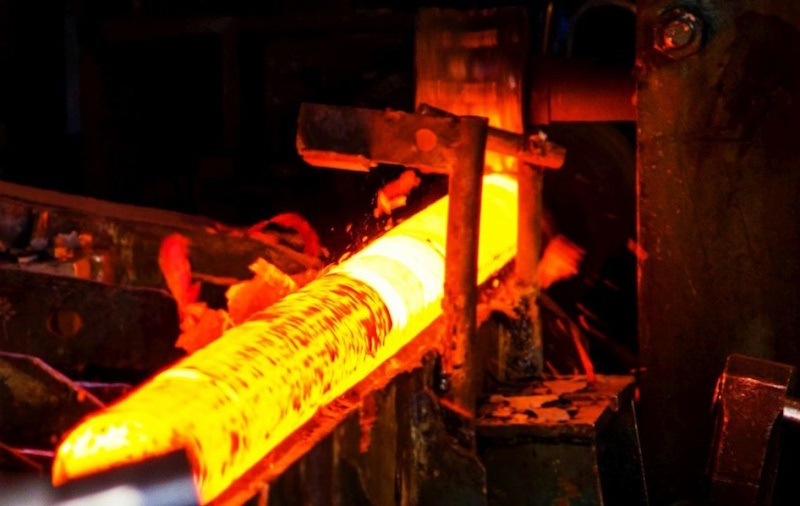There is a wide range of floral structures varying from species to species. In the development of flowering plants, these modifications are of importance and are widely used by botanists to establish relationships between plant species. Irrespective of their function in the flower, the four main part of a flower is defined depending upon their position on the receptacle. There is a lack-ness, in some flowers, of some parts or parts that may get changed into other functions or/and look like what is typically another part. The petals are greatly reduced and, in many species, such as Ranunculaceae, the sepals are colored and petal-like. The wedding florist in houston also offers the monthly fresh flower subscription service and houston texas flower delivery.

The stems are modified into other flowers that are petal-like; the double flowers of Roses and Peonies are mostly petaloid stamens. There is a huge change in the breed of flowers and plant scientists explain this variation in a systematic way to distinguish and identify species.
Terminologies
Some specific terminologies are used to explain the flowers and their parts. parts of several flowers are intertwined; The fused parts arising from the same vortex are fused, while the fused parts emerging from different vortices are adnate; The parts that are not connected are free. When the metal of the flowers gets to fuse with the tub or ring that falls away as a single unit, they are gamopetalous (as known as sympetalous). There are chances that the Connect petals will have distinctive regions: the expanding region is the throat; the cylindrical base is the tube and the flaring outer region is the limb. A sympathetic flower is bilobate, with an upper and lower lip with bilateral symmetry. Flowers with conical petals or sepals may have a corolla or calyx of various sizes, including campanulate, funnelform, tubular, ursolate, salverform, or rotate.

For example, at the base of the primordial or below of it, the intercalary growth of floral appendages such as petals, carpels, sepals, and stamens can result in the common base that is not the result of fusion. Many flowers have some form of symmetry. The flower is said to be actinomorphic or regular when the perianth is divided by any point through the central axis and symmetrical halves are produced, e.g., Rose or Trillium.






